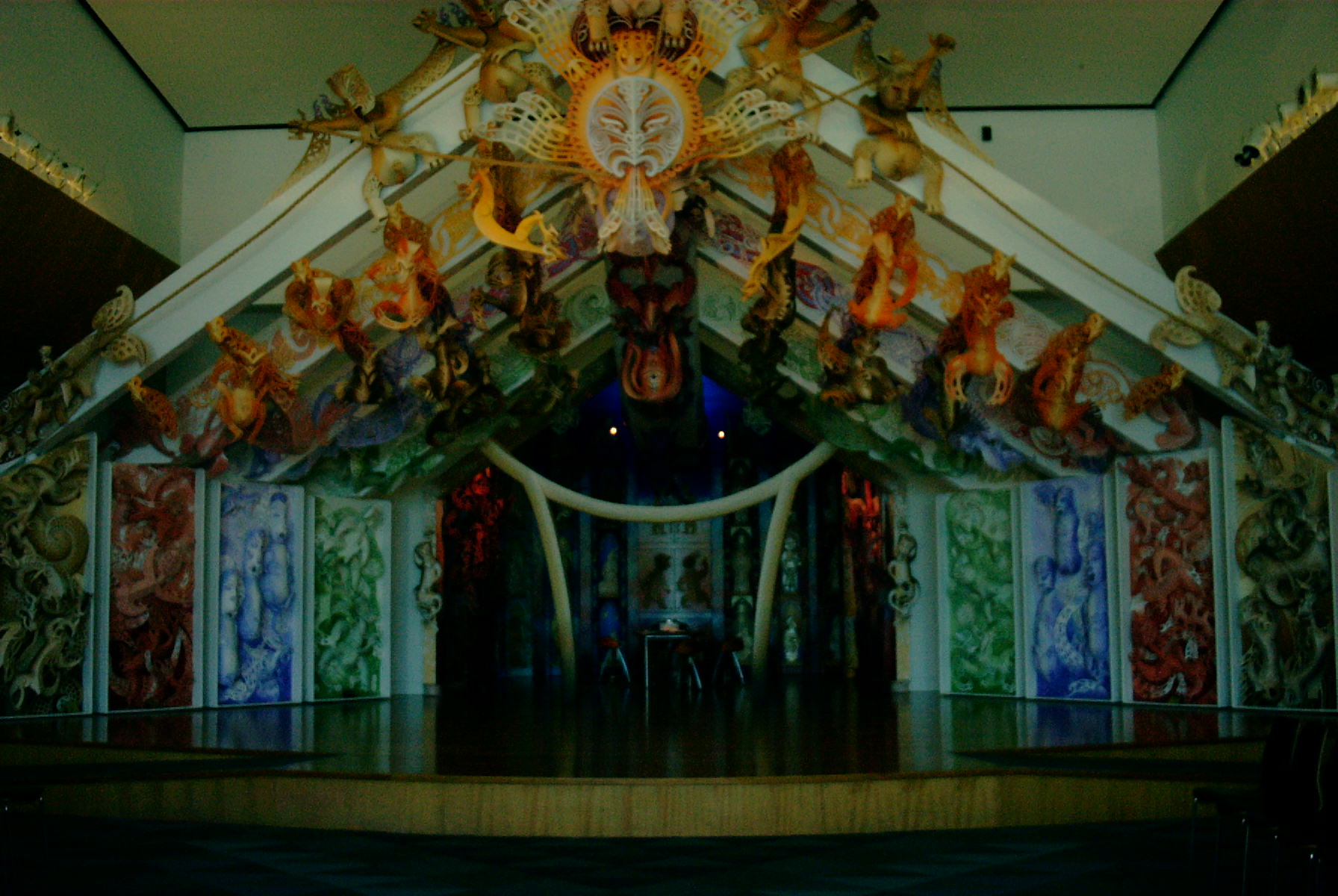Excerpts from Voice of a Voyage: Rediscovering the World During a Ten-year Circumnavigation.
“Polynesian culture has been called “a culture of mobility” in academic papers. Polynesia means many islands, and the Polynesians were able to inhabit a large area of the South Pacific because of their extraordinary long-distance, open-water sailing and navigation skills.”
“The early Polynesians used stars, wind, the sun and moon, clouds, wave shape, sea birds, and seaweed as tools for navigation. Although they had no written language, they did have elaborate ocean charts made of wood, shells, stones, and other natural objects. They sailed huge double-hulled canoes, carrying plants, animals, and people. Their reasons are believed to have been overpopulation and/or power competitions among chiefs, which forced groups to leave their initial island and move on. Added to that could just as easily have been a sense of adventure and the visceral drive to explore. Many traditional legends tell of competing chiefs, usually related to each other, in power struggles and, if the loser wasn’t killed, he could take his people and move on. In Raiatea near Tahiti, the story is that brothers—Pa’ao and Lonopele—feuded and killed each other’s sons at which time Pa’ao left to settle Hawai’i. Such stories dramatize a core cultural tenet—in this case, dispersal.”
“I knew from having visited the three corners that the vast Polynesian Triangle stretches from Hawai’i in the north, Aotearoa (New Zealand) in the southwest, and Rapa Nui (Easter Island) in the southeast. It covers an area of roughly 10 to 12 million square miles. Including the three triangle points of land, plus the Cook Islands, Fiji, French Polynesia, both Samoas, and Tonga, the total land area is only a little over 119,000 square miles—in other words, a lot of water.”

Interior of a Maori marae in New Zealand, one of the corners of the Polynesian Triangle.
“There is considerable debate about the actual timeframe, particularly as new tools become available to date artifacts. It is generally agreed that they started their migration from Southeast Asia via New Guinea to Fiji, Tonga, and Samoa, possibly about 900 BCE. From Tonga and Samoa, the Polynesian culture differentiated itself from Melanesian and moved on to settle the Cook Islands, Tahiti, Tuamotus, and Hiva Oa in the Marquesas, reaching Rapa Nui, the Hawaiian Islands, and Aotearoa probably by 1000 CE. Who knows how many cousins, brothers, and uncles fought to cause this dispersal or how many dreamers, like us, wondered what was past the next wave?”
”
.